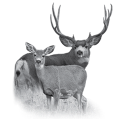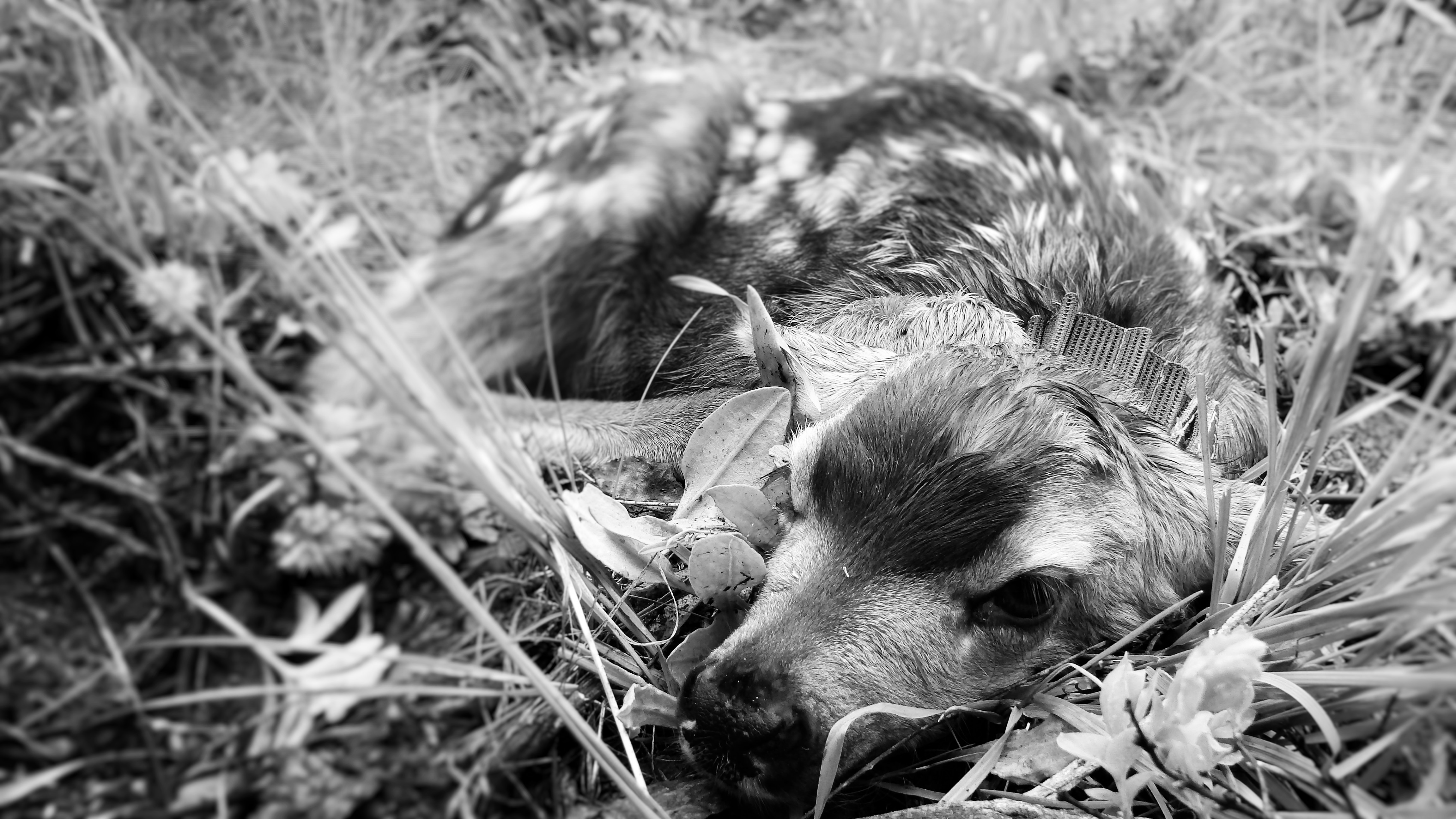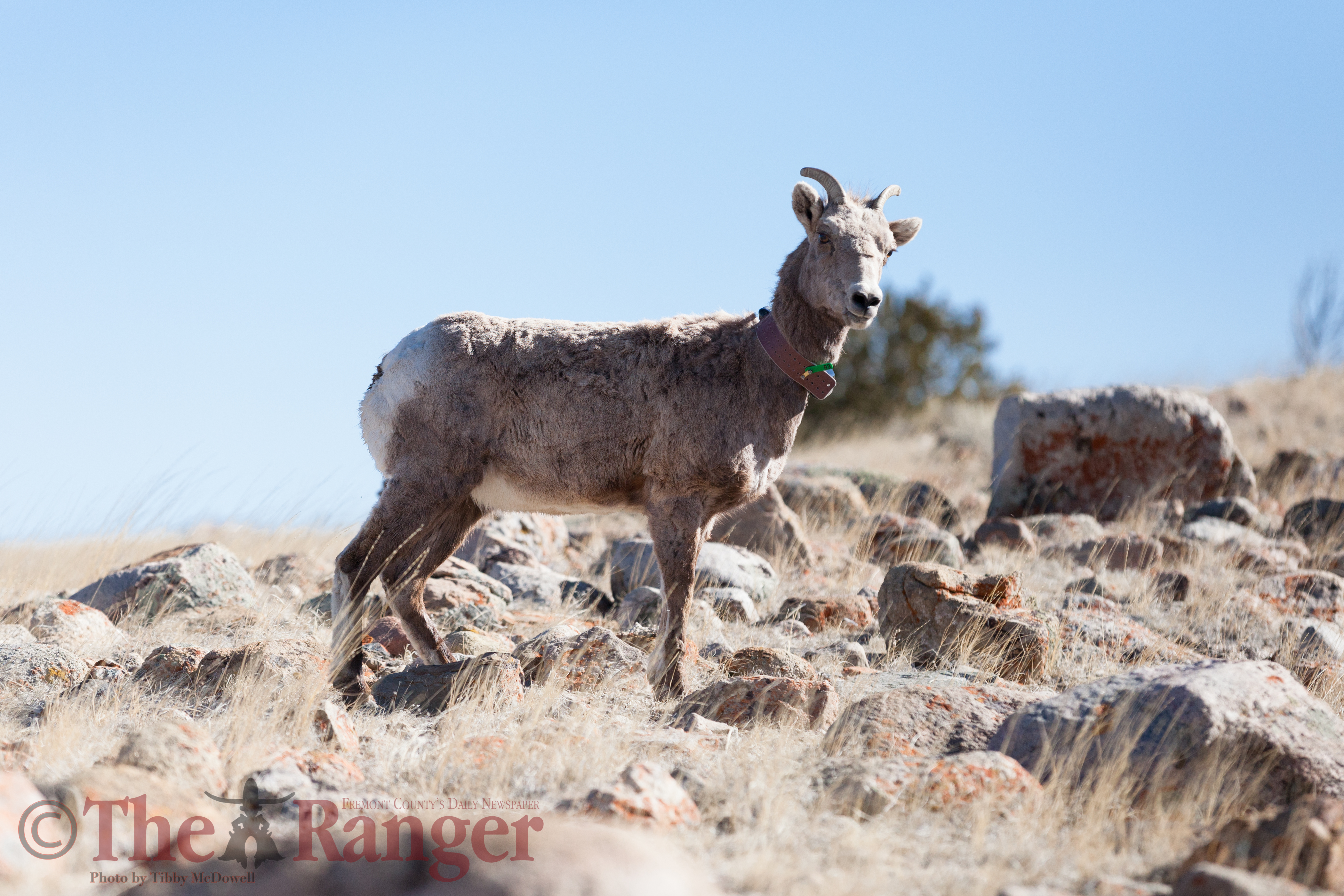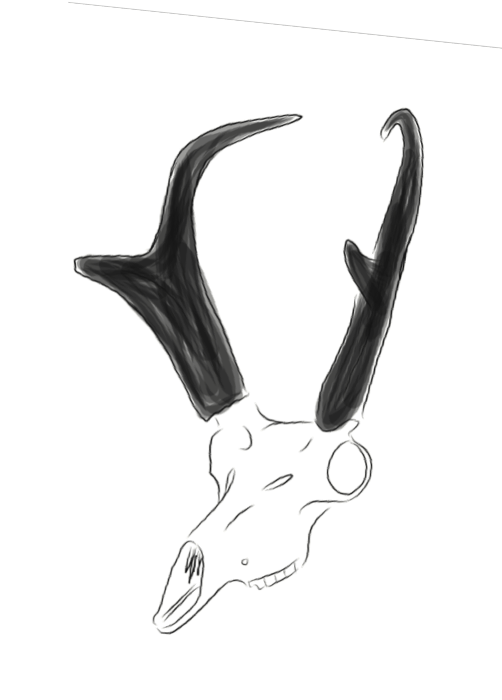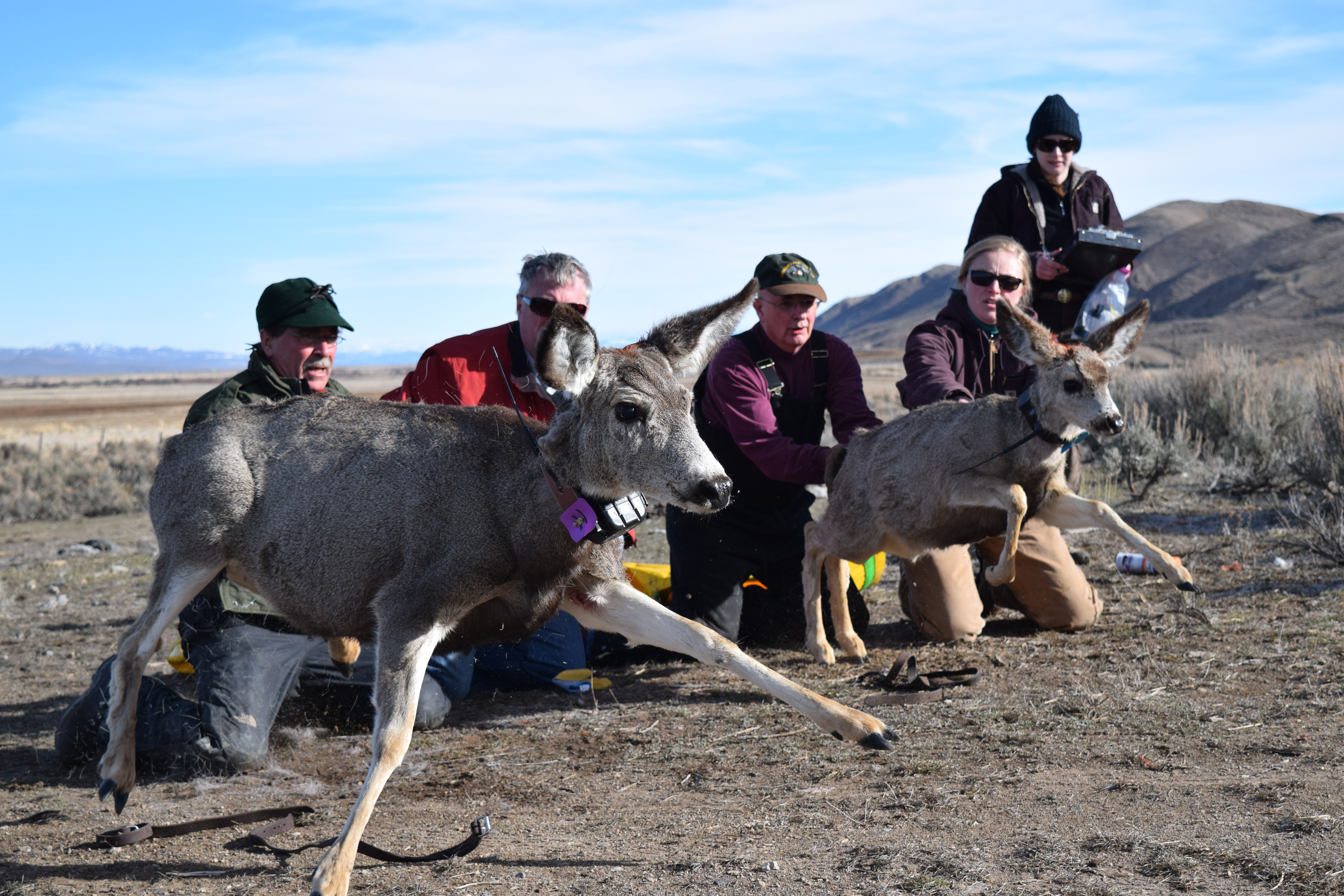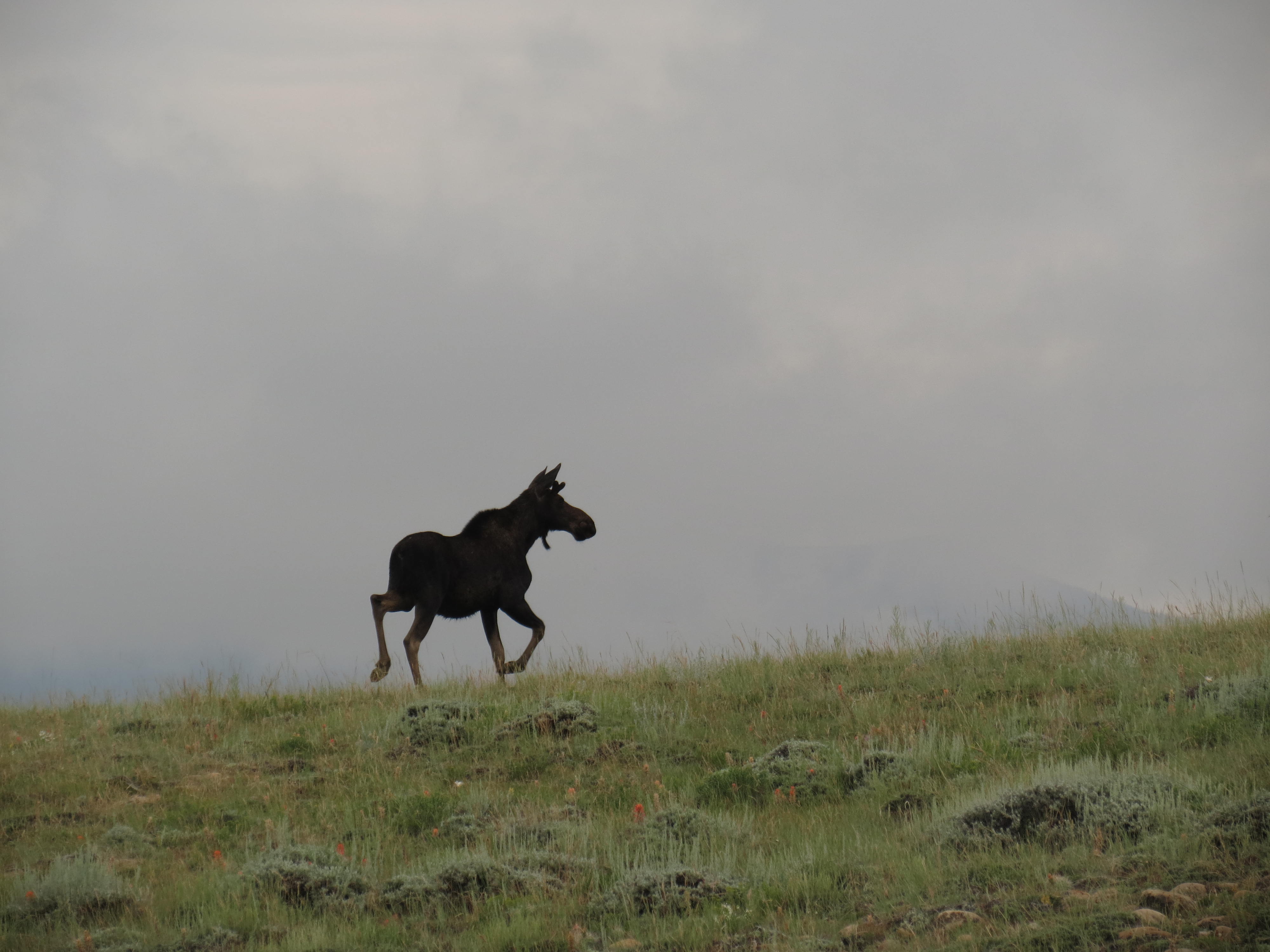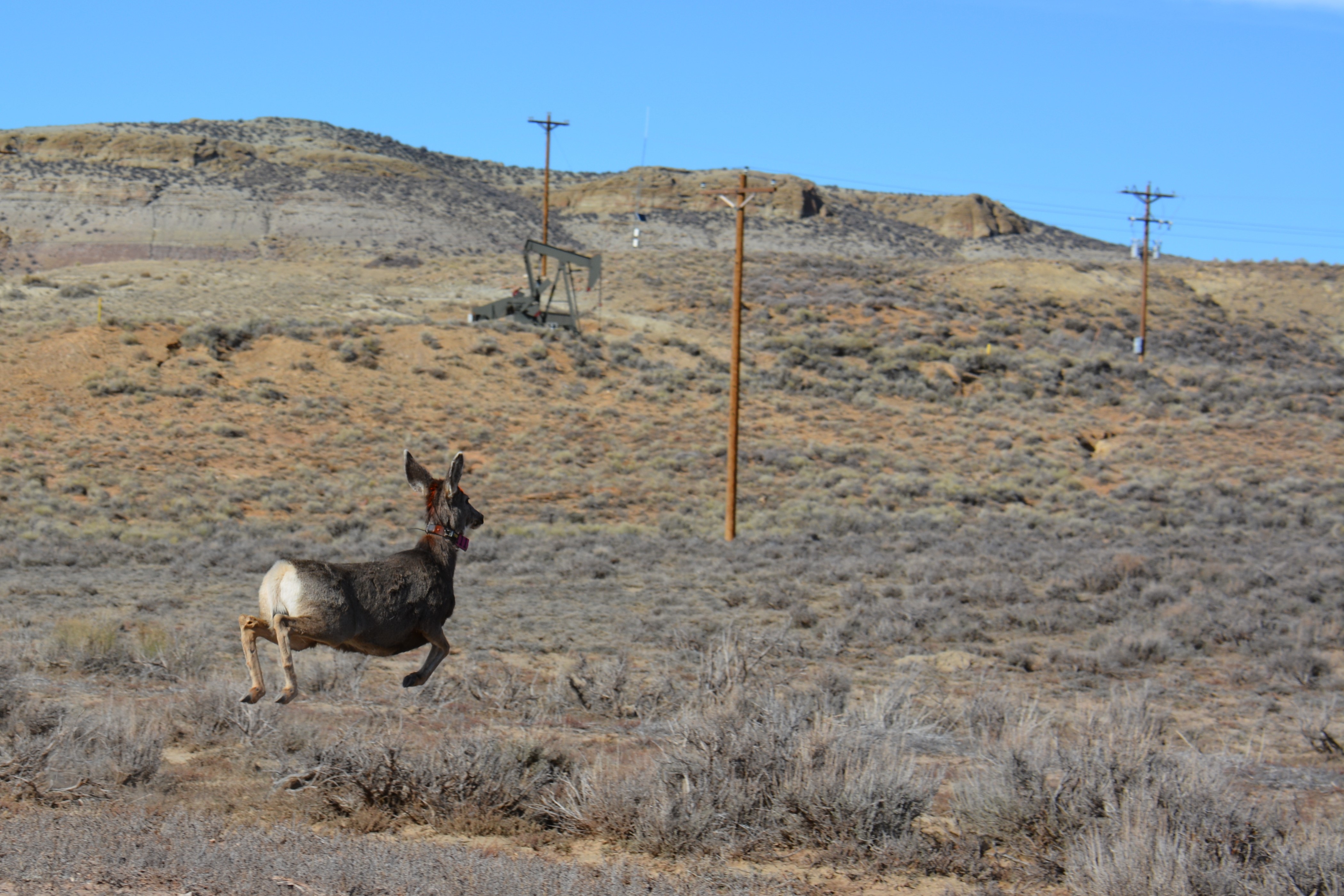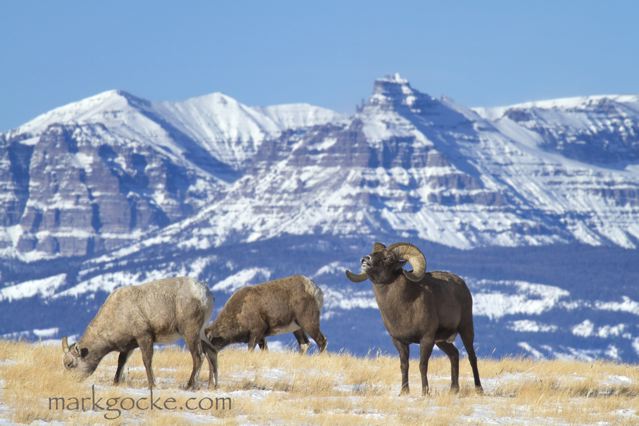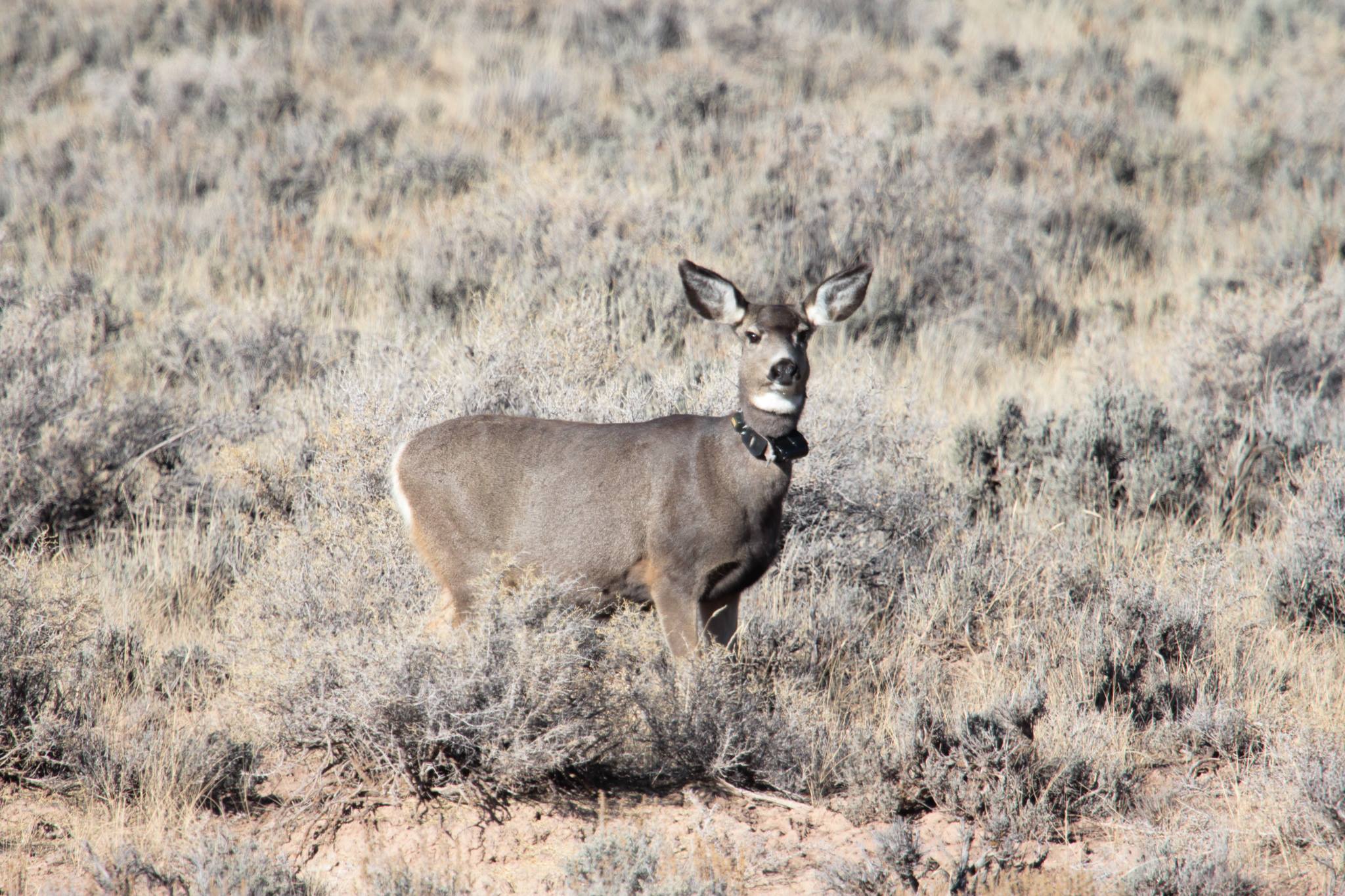Projects
Mule deer are an integral part of the outdoor heritage of western North America, a relished species of pursuit among big-game hunters throughout the country, and a key component of the landscape of the West. Nevertheless, mule deer populations have struggled to increase in abundance across much of their range during the last 2 decades. This research seeks to identify the factors regulating growth and distribution of mule deer in a high-desert ecosystem, while simultaneously developing a better understanding of the ecology of elk and their interactions with mule deer.
Many mule deer populations throughout the West are struggling to reach historic numbers, and this is cause for a heightened need for understanding what is regulating population growth. Our research aims at disentangling the relative influence of predation, nutrition, and habitat on fawn survival of mule deer. Elucidating the factors that most influence fawn survival will glean insight into how mule deer populations are regulated throughout the West.
Pneumonia in bighorn sheep continues to be one of the most poorly understood diseases that threaten wildlife in North America, and it’s presence clouds the already complicated processes underlying population dynamics of large mammals. Our goal is to begin to explore the interface between density, nutritional condition, survival and reproduction, and disease susceptibility to add another piece to the puzzle and aim to find alternatives to managing the disease.
Although many may view pronghorn as commonplace in Wyoming, they are an ecologically unique species with a suite of traits that differ drastically from any other species of wild game in North America. Management and harvest of pronghorn has remained largely the same for nearly a century, despite recent evidence indicating that the ecologically distinct traits possessed by pronghorn may warrant a reconsideration of what hunting opportunities pronghorn populations may offer. Together, the Wyoming Game and Fish Department and the Monteith Shop are working to understand how harvest practices of male pronghorn affect age structure and yield of large males.
Ungulate migration is widely recognized as being an important behavior for maintaining robust populations. Yet, despite its importance, we fail to understand how these behaviors are established in the first place. In this project, we are evaluating how migratory behaviors come to be – or their ontogeny – in mule deer.
Completed Projects
The Snowy Range is known for its abundant moose herd and cherished for its trophy-sized bulls, yet its population trend is currently unknown. This study aims to characterize that trend and assess what effect the forest damage from bark beetles has had on moose habitat use and body condition.
As energy development expands onto winter ranges for many wildlife, the effects of human disturbance on wildlife populations becomes a growing issue. Our research is aimed at understanding how energy development affects the nutritional relationship between mule deer behavior and the their winter landscape in western Wyoming.
We are investigating the factors underpinning trends in horn size of bighorn and thinhorn sheep across broad temporal and spatial scales. Using long-term harvest records collected across western North America, we will explore the roles of harvest pressure, habitat quality, and changes in climate in altering horn size over time.
The importance of habitat quality experienced during migration is not well understood. This project focuses on understanding how migratory mule deer respond to changes in plant growth and habitat quality during migration. By understanding how resources experienced during migration influence nutritional condition, reproduction and demography of mule deer, this project aims to inform mule deer migration conservation efforts.


